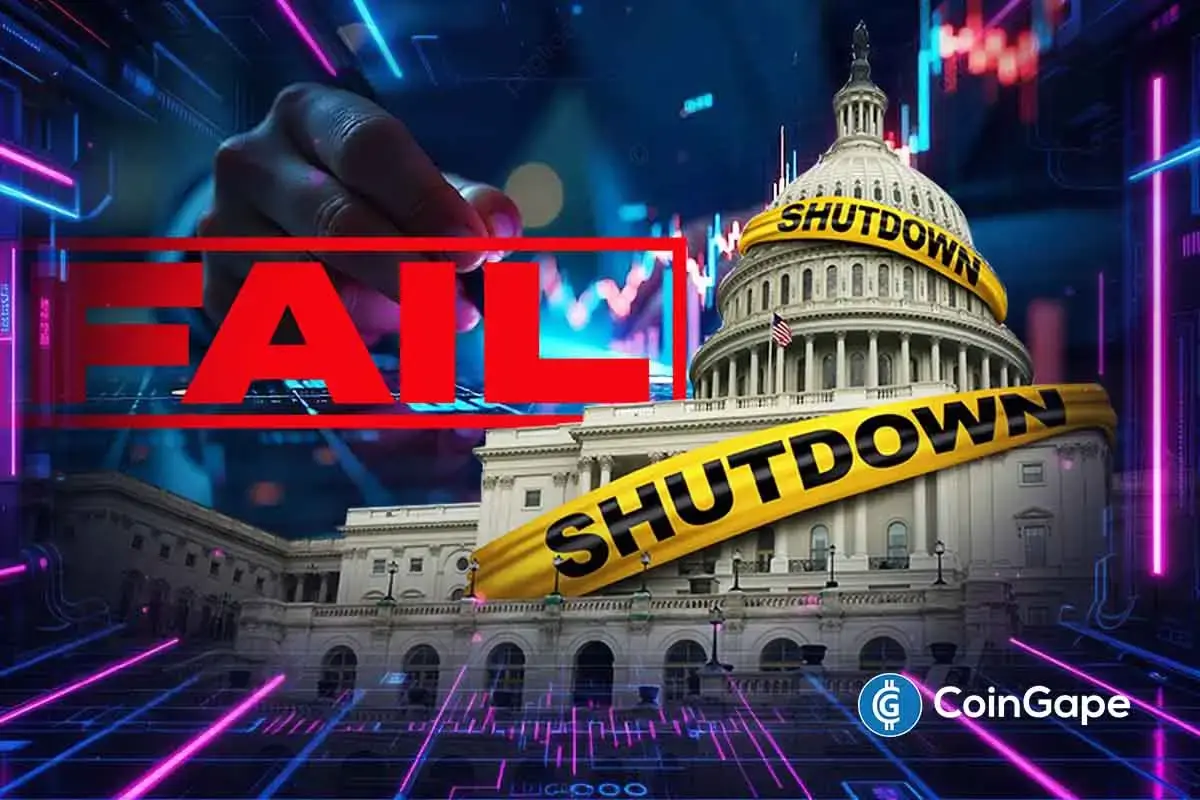Breaking: U.S. Government Shuts Down After Congress Fails to Pass Funding Bill

Highlights
- U.S. government officially enters first shutdown since 2019 after failed budget talks.
- Thousands of federal workers furloughed; essential services suspended until deal reached.
- Deadlock stems from disputes over health care subsidies and Medicaid cuts.
The U.S government has entered its first shutdown since 2019 after lawmakers failed to reach an agreement on the country’s spending package. This triggered immediate disruptions across federal agencies.
Stalemate Pushes U.S Government Into Shutdown
According to The New York Times, at 12:01 a.m. on Wednesday, the U.S. Government officially shut down after a bruising budget standoff between President Trump and congressional Democrats. The collapse in negotiations means thousands of federal workers are now furloughed. This also applies while core government services face suspension until lawmakers break the deadlock.
This marks the first federal shutdown since 2019, when a 35-day impasse unfolded over Trump’s proposed border wall. This time, the clash centers on Democrats’ demand to extend expiring health care subsidies. They also proposed plans to roll back Medicaid cuts introduced earlier this summer as part of the administration’s tax and spending reforms.
The shutdown became unavoidable late Tuesday, when the Senate rejected both parties’ competing stopgap proposals. Republicans failed to advance a bill that would have extended funding through November 21. They fell short of the 60 votes required. Democrats’ plan, which called for financing through October alongside more than $1 trillion in health-related spending, was also blocked.
Following the votes, White House budget director Russell T. Vought directed agencies to “execute their plans for an orderly shutdown.” This signals the start of what could become a prolonged standoff.
The funding crisis is also complicating legislative progress on other critical measures. For instance, the CLARITY Act is facing fresh delays. Senate Banking Republicans had targeted a September 30 markup session. However, sources now say the timeline is “effectively off the table” amid Capitol Hill gridlock.
Nation Deadlock Spurs Market Reactions
The shutdown drama unfolded as investors braced for wider economic uncertainty. Hedge assets such as Bitcoin, gold, and silver rallied in recent days. This comes as traders bet that fiscal instability could strengthen demand for alternative stores of value.
Polymarket data showed odds of a government shutdown had climbed as high as 85% before the midnight deadline. Markets responded accordingly, with Bitcoin extending a two-day rally, moving from $108,650 to near $114,000. The appearance of a bullish double-bottom pattern was noted by analysts. This implies that as the crisis worsens, the flagship cryptocurrency may see additional gains.
For the administration and lawmakers on both sides, the shutdown creates both political and economic risks. Federal employees face weeks without pay, national parks and services are closed to the public, and contractors may experience cascading delays.
- Aave DAO Saga Deepens as Alignment Proposal Moves to Snapshot; AAVE Price Down 7%
- Fed’s Stephen Miran Urges More Rate Cuts In 2026 To Avoid U.S. Recession
- Breaking: $4T JPMorgan Explores Crypto Trading for Institutional Clients as U.S. Banks Embrace Crypto
- Bitcoin and Ethereum ETPs See $1B in Outflows as Institutions Rotate into XRP
- Michael Saylor’s Strategy Pauses Bitcoin Buying as Crypto Market Anticipates a ‘Santa Rally’
- Bitcoin Price Prediction As Michael Saylor Pauses BTC Purchase- Is A Fall to $74k Imminent?
- Aster launched Phase 5 Buyback Program Allocating 80% Fees. Will ASTER Price Rally?
- XRP Price Prediction: Rare Bullish Patterns Align With Powerful Catalysts
- Weekly Crypto Price Prediction: Bitcoin, Ethereum, and XRP as Market Momentum Builds
- Will Solana Price Hit $150 as Mangocueticals Partners With Cube Group on $100M SOL Treasury?
- SUI Price Forecast After Bitwise Filed for SUI ETF With U.S. SEC – Is $3 Next?

 Claim $500
Claim $500














